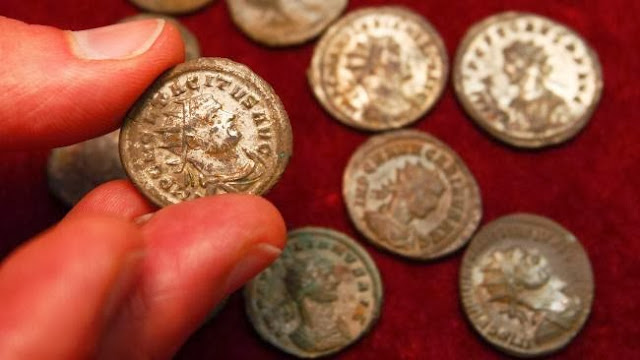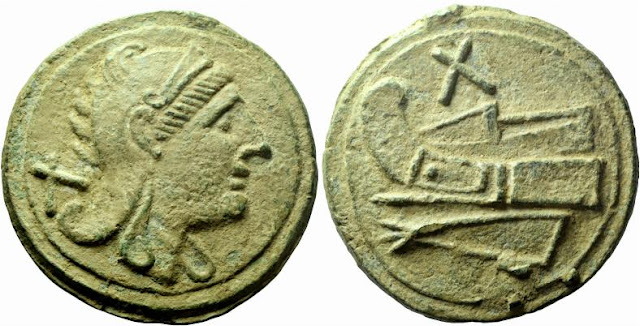 |
| How to clean ancient coins? |
Should I clean my coins?
One of the questions I get asked most often is
"How should I clean my coin collection?" Actually, the answer I give
is very simple and always the same: you should not clean your coins. That is a
rule that applies in the vast majority of cases. Why? Because the most likely
result of cleaning will be that you will damage your collection.
Believe it or not, one of the most common
mistakes made by beginners is the improper cleaning of their coins. Many times
they irreparably damage them and cause them to lose their value, especially if
they use abrasive commercial products, which, due to their acid composition,
remove part of the metal from the surface. The result will be a coin with an
artificial brightness that will alert any potential buyer.
The same can happen if you try to clean a coin
using a brush. No matter how soft the bristles of the brush, it is very likely
that they will end up scratching the surface of the coin and causing it to lose
value.
Collectors strive to acquire coins that are as
natural and damage free as possible and they will have no interest whatsoever
in a coin that has been improperly cleaned
The formation of a patina depends on the
metallic composition of the coin and is the result of a natural chemical
process that takes a long time. The patina is a thin film that forms on the
surface coins made of copper or other alloys due to oxidation. In the case of
silver coins a similar process is usually called “toning”. Patina and
intonation reflect the age of a coin and add aesthetic and economic value to it.
If we clean a coin, it is most likely that we will eliminate or damage its
patina or intonation, erasing in this way a good part of its history and beauty.
The only exception to the rule
One of the rare cases in which a coin should be
cleaned is if it has become dirty with dust, grease left by fingers, or some
other type of dirt due to improper handling or storage. In that case, it is
always best to use distilled water (because running water contains chlorine
that can damage the coin) and, if necessary, a bit of a mild neutral soap. The
operation must be done with extreme care to avoid scratching the surface of the
coin. For drying, it is best to let it dry alone or use a hot air to speed up
the process.




